Pisgah National Forest encompasses over half a million acres of the Appalachian Mountains in Western North Carolina.
The forest is separated into three ranger districts: Appalachia and Grandfather are located north of Asheville, while Pisgah is south of it.
Within the national forest‘s boundaries, visitors can explore sections of the Blue Ridge Mountains and the Great Balsam Mountains.
Pisgah Forest, NC spans some 12 counties, with Watauga (Boone, NC) at its northernmost reaches and Transylvania (Brevard, NC) at the southernmost.
Famed for its hardwood forests (including tracts of old growth forests) as well as expansive views, whitewater rapids, babbling streams, waterfalls, hiking trails, and mile-high mountains, Pisgah is a hotbed for outdoor activities and recreational tourism.
It’s also bordered by lots of important historical sites, such as the adjacent Biltmore Estate, the Cradle of Forestry, the Blue Ridge Parkway, and Mount Mitchell, the highest point east of the Mississippi.
Read on for an introductory guide to camping, hiking, and numerous other outdoor activities that Pisgah National Forest has to offer.
READ MORE: Top 10 NC State Parks in the North Carolina Mountains
Pisgah National Forest Info
ADDRESS: 160 Zillicoa St. Suite A, Asheville, NC 28801 (Administrative office, not in forest)
PHONE: 828-257-4200
PISGAH NATIONAL FOREST CAMPGROUNDS RESERVATIONS: 877-444-6777 or recreation.gov
PISGAH NATIONAL FOREST MAP: PDF
ENTRY FEES: None
WEBSITE: https://www.fs.usda.gov/main/nfsnc/home
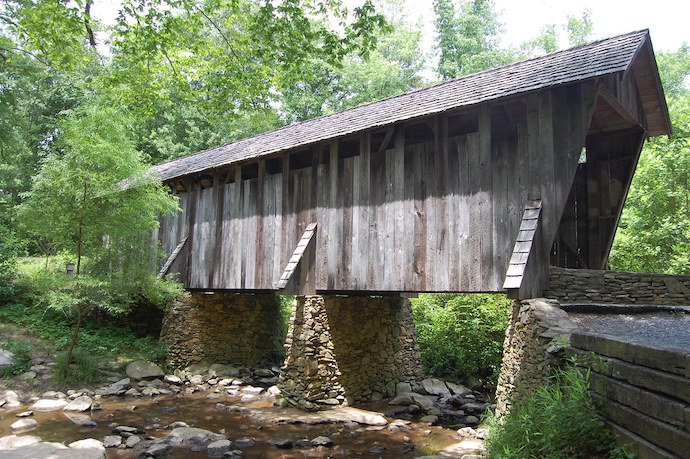
The History of Pisgah National Forest
Pisgah has been operation since 1916, beginning with sections of forests purchased under the Weeks Act in 1911 and a swath of the Biltmore Estate acquired from Edith Vanderbilt in 1914.
Since then, it has also incorporated Boone National Forest (1921) and the lion’s share of Unaka National Forest (1936).
The ever-expanding Pisgah park has served as one of the leading locations for forestry in the United States.
The first school of forestry was opened in the lower section of Pisgah back before the National Forest delineation was first established!
The school was opened by George Washington Vanderbilt II, and is now known as the Cradle of Forestry in America.
Also, the Blue Ridge Parkway (est. 1936)—America’s most visited national park system site— cuts through Pisgah National Forest from the top to the bottom. So Pisgah provides hundreds of square miles of the Parkway’s most revered scenery.
READ MORE: The Best Things to Do in Asheville, NC
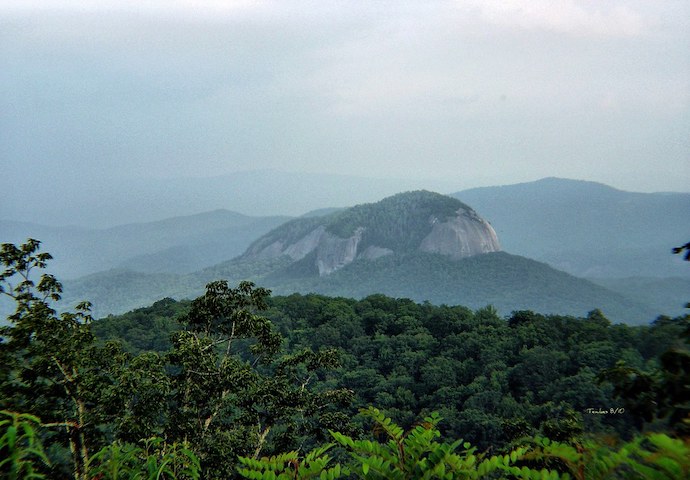
Things to Do in Pisgah National Forest
Pisgah National Forest has a huge list of outdoor recreational opportunities for visitors interested in exploring nature at its most pristine.
Whether you’re wanting to disappear for days in the Pisgah backcountry, camping in luxury along one of America’s oldest rivers, or ascending the 5,722-foot Mt. Pisgah, there are always promising adventures on the horizon.
Hiking Trails
There are over 1700 miles of trails in western North Carolina’s jointly-managed system of National Forests.
So it’s difficult to adequately explain just how many different hiking options are at our disposal in terms of Pisgah National Forest hiking trails.
Nevertheless, there are some definite must-sees we should highlight among Pisgah National Forest’s trails.
Babel Tower Trail
Located in Linville Gorge, the Babel Tower Trail is a great hike for those looking to enjoy rhododendron blooms (in spring), stunning scenic vistas, and impressive Blue Ridge rock formations. It even features Babel Tower Falls, with a huge swimming hole at its base.
Graveyard Fields
Graveyard Fields is just south of Mt. Pisgah and is the highest valley in western NC. The hiking trails in Graveyard Fields traverse massive expanses of wild blueberries and wild flowers, skirt tranquil mountain streams, and overlook several excellent Pisgah waterfalls.
Mt. Pisgah
Visible from Asheville and just a short drive from Brevard, Mt. Pisgah is one of the most noted Pisgah hikes and one of the most recognizable features of western North Carolina’s landscape.
The Mount Pisgah trail starts at Milepost 407.6 along the Blue Ridge Parkway, just north of Pisgah Inn.
From the pinnacle, there are great views of Cold Mountain (the one made famous by Charles Frazier’s novel), Asheville, and west to the Great Smoky Mountains.
READ MORE: The 10 Best Blue Ridge Parkway Hikes for NC Day Trips

Waterfalls
As with the hiking trails, there are far too many exceptional Pisgah waterfalls to cram them all into a short guide such as this one.
Transylvania County NC alone is home to some 250 different waterfalls, and it is just one of the 12 counties Pisgah calls home!
So here are just a few of the top Pisgah National Forest waterfalls. Look for a more in-depth guide to waterfalls in Pisgah in a future post.
Looking Glass Falls
Looking Glass Falls is just inside the Pisgah National Forest entrance (from Pisgah Forest), not far from the Cradle of Forestry. It’s located along the roadside (US 276), requiring little more than parking to see it drop some 60 feet into an inviting pool at the bottom.
Catawba Falls
Seeing Catawba Falls is somewhat like entering Fern Gully. Formed by the headwaters of the Catawba River, there is a collection of cascades there that trickle, trail, and tremble over rocky outcrops. It’s a shady, moderate hike with lots of waterfall payoff along the way.
Douglass Falls
Douglass Falls boasts a ribbon-like 70-foot plunge that visitors can walk behind. The falls can be (nearly) reached by car via FS74, or there’s a 7-mile hike from Craggy Gardens along the Blue Ridge Parkway. Via FS74, you”ll pass Walker Falls, which is perhaps even more stunning .
READ MORE: The 20 Best Western North Carolina Waterfalls for Hiking
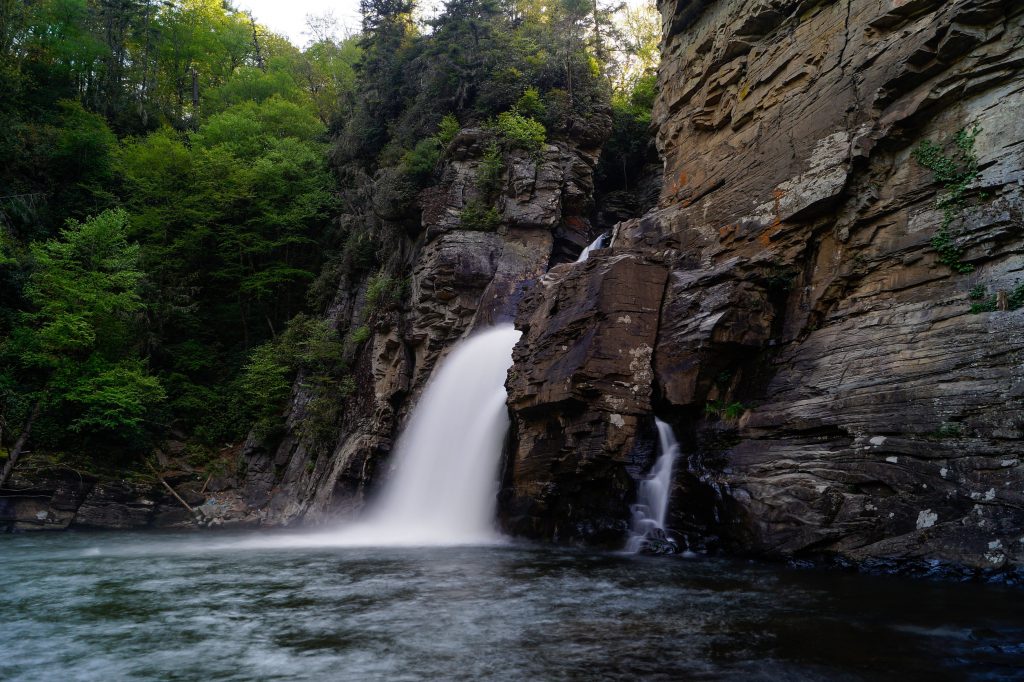
Historical Sites
Technically, the Biltmore Estate is a separate entity from Pisgah National Forest. But of course much of the original estate’s 86,700 acres was used to establish Pisgah.
Nevertheless, there’s lots of history to appreciate within the forest’s boundaries.
The Cradle of Forestry in America spurred on the extensive National Forest system the US now enjoys, which includes 154 protected spaces totalling nearly 200 million acres.
It is now used for educational programs and guided tours, with interactive exhibits, festivals, demonstrations, and paved trails that are perfect for exploration.
The Blue Ridge Parkway runs through Pisgah National Forest from Boone to Brevard, and along this route there are plenty of other great historical stops.
- The Folk Art Center, located just outside of Asheville, NC has a fantastic collection of textiles and handicrafts, including artist demonstrations, to check out.
- The Museum of North Carolina Minerals provides lots of info on how the Blue Ridge Mountains were originally formed.
- Mount Pisgah Inn & Restaurant is another great stop for good views and some chow.
Linville Gorge is also worthy of note in a historical context because it is home to some 10,000 acres of rare old growth forest. The Linville Gorge Wilderness Area is also one of the first designated wilderness areas in the country.
READ MORE: 20 Best Blue Ridge Parkway Overlooks in NC & VA
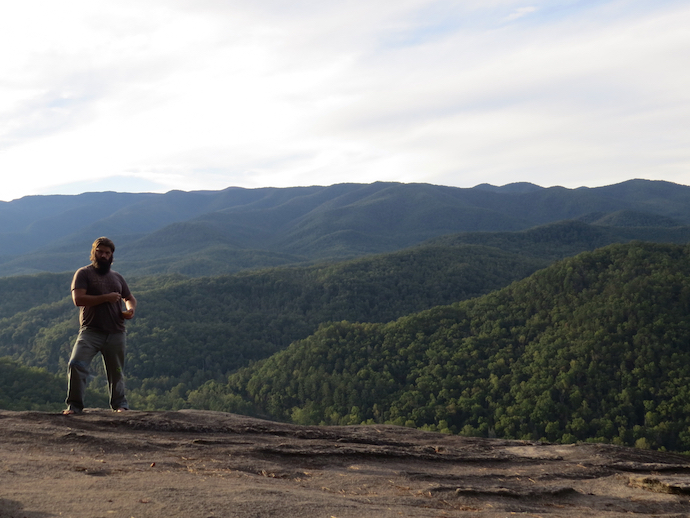
Other Things to Do in Pisgah National Forest
While hiking the trails, gazing at the falls, and cruising the Parkway are the most popular activities in the national forest, there are countless other things to do in Pisgah. Here are a few of the other options:
Hunting and fishing are favorite pastimes in Western NC, and the wilds of Pisgah National Forest offer plenty of streams and secluded forests. State licensing is required, but there are dozens of areas designated for big and small game hunting, as well as trout fishing.
Cycling and rock climbing are popular sports that can be done in Pisgah. There are several mountain biking trails near Asheville and Brevard, including Bent Creek, South Mills River, and Trace Ridge. Excellent rock climbing sites can be found in the forest as well.
Picnicking is a beloved family activity in the area, and there are oodles of picnic sites in all districts of Pisgah National Forest. This can be a fun way to take in the landscape when you’re doing a Blue Ridge Parkway road trip, or jumping from campground to campground.
READ MORE: The Best Things to Do in Asheville, NC
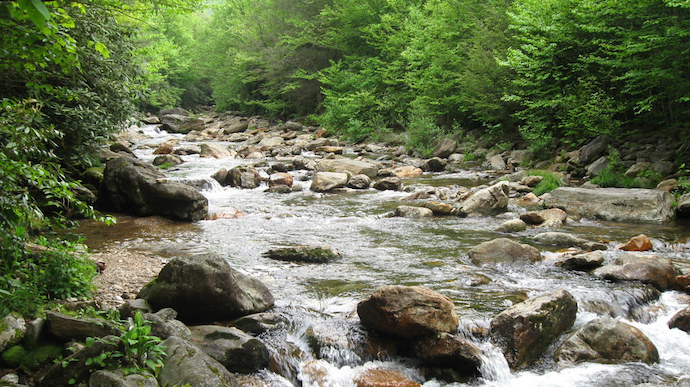
Pisgah National Forest Camping & Cabins
There are loads of options for camping in Pisgah National Forest. Many of these campsites open in spring (the exact time depends on the altitude/weather) and close up in late autumn.
Accommodations range from backcountry campsites and full RV hookups to luxury romantic cabin getaways.
Pisgah National Forest camping can be done at a variety of well-established campsites, some of which are close to great rock climbing, fishing, waterfalls, hiking trails, and/or cycling.
Primitive camping is also allowed in designated areas throughout the forest, as long as a few guidelines are followed.
While Pisgah National Forest itself doesn’t offer cabins for rent, there are plenty of private business that offer them in and around the park.
- Linville River Log Cabins has luxury riverside abodes for romantic or family getaways.
- Outside Hendersonville, the Pisgah Mountain House is a lovely vacation home with beautiful views.
- Another option near Hendersonville is the Pisgah Cottage- Mountain Hideaway Home.
- Near Brevard, Pilot Cove offers “deck houses” for rent adjacent to the park, with a focus on outdoor recreation.
- Key Falls Inn is located 30 minutes from the Asheville airport, but has one of the area’s premiere waterfalls and the Old World rusticity of a high-end historical home.
The wilderness of Pisgah National Forest is essentially the heart of the Blue Ridge Mountains region, and a large part of what makes western North Carolina so special for nature lovers.
Locals use it extensively, and visitors are rapidly learning to do the same.
It really is the perfect place to rough it, cruise the open road with the family, or simply relax in a hammock with a local microbrew. –by Jonathon Engels; lead photo by Acroterion is licensed under CC BY-SA 4.0

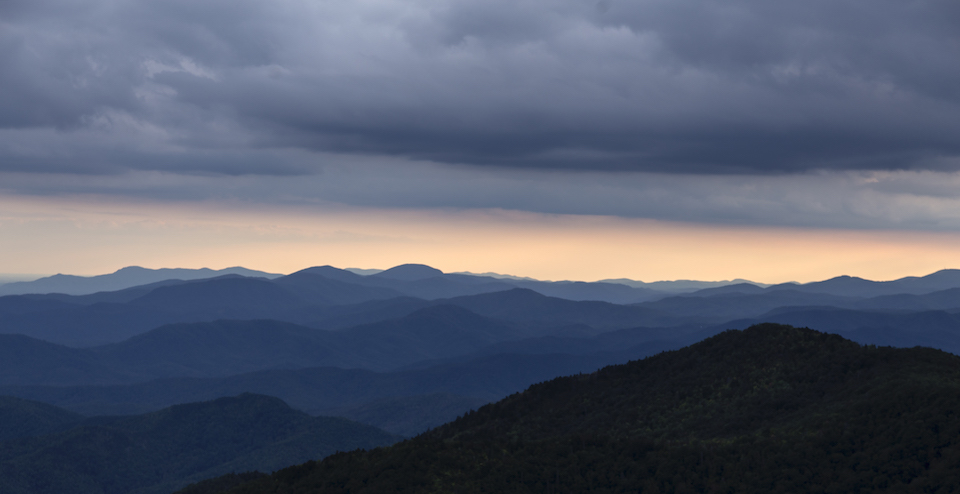
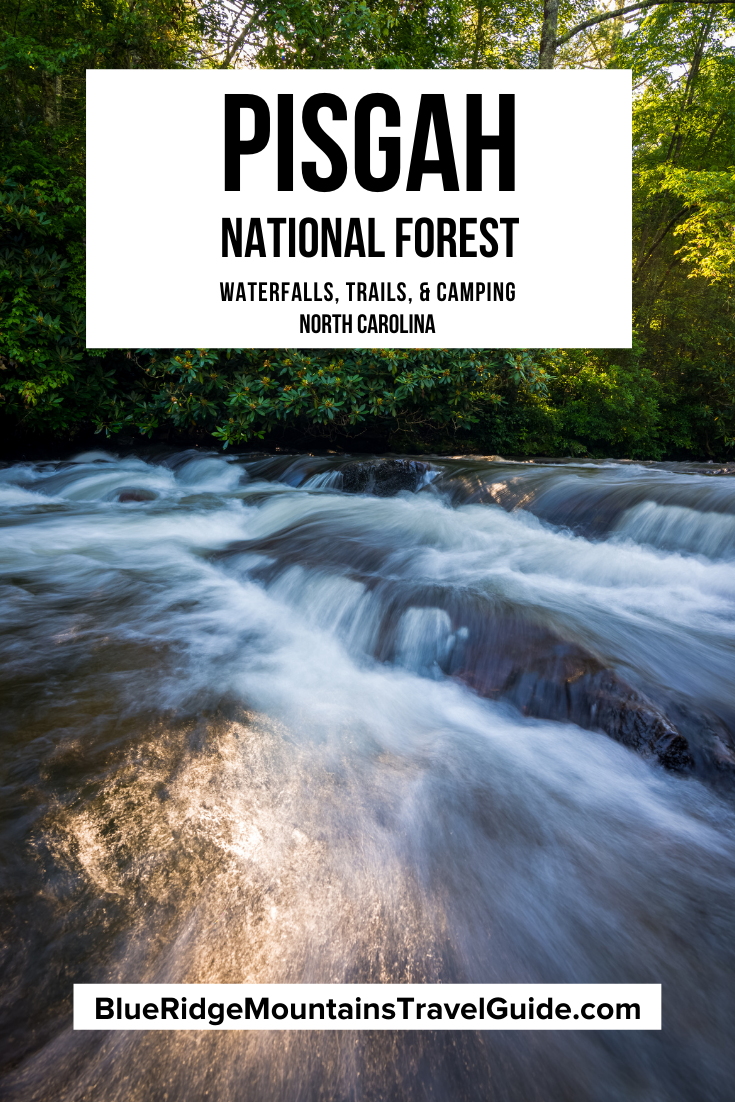
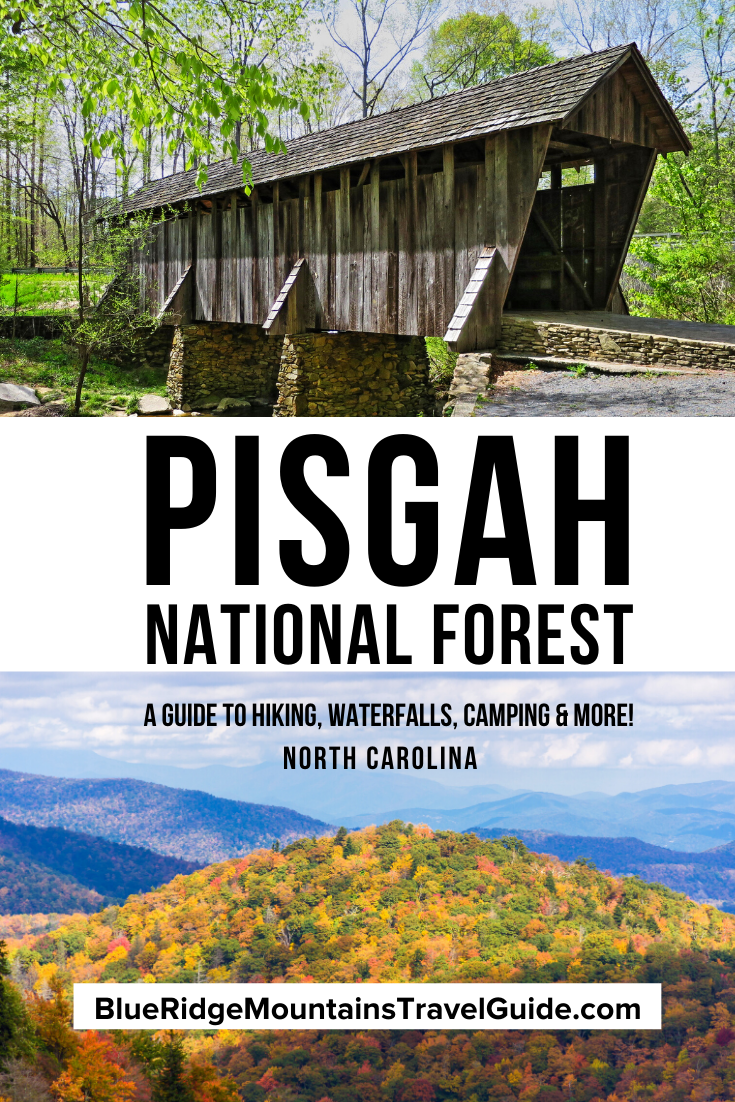
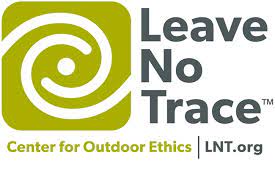
Comments are closed.